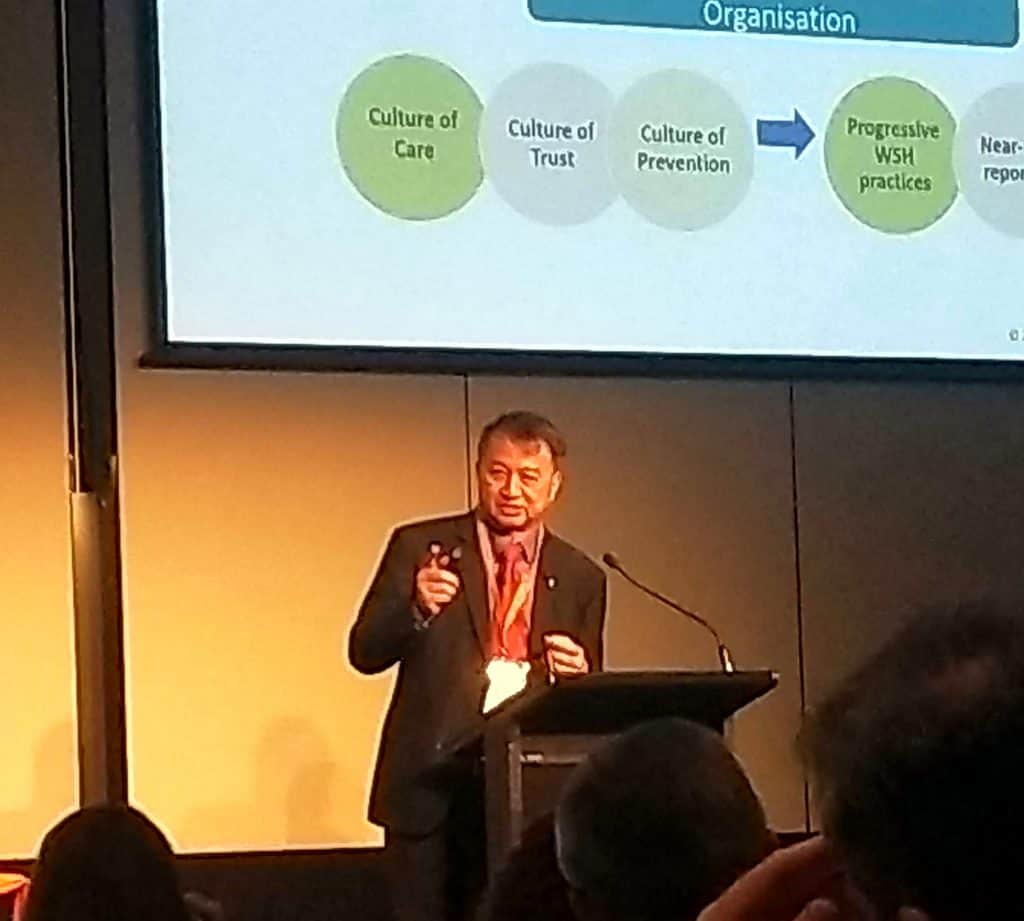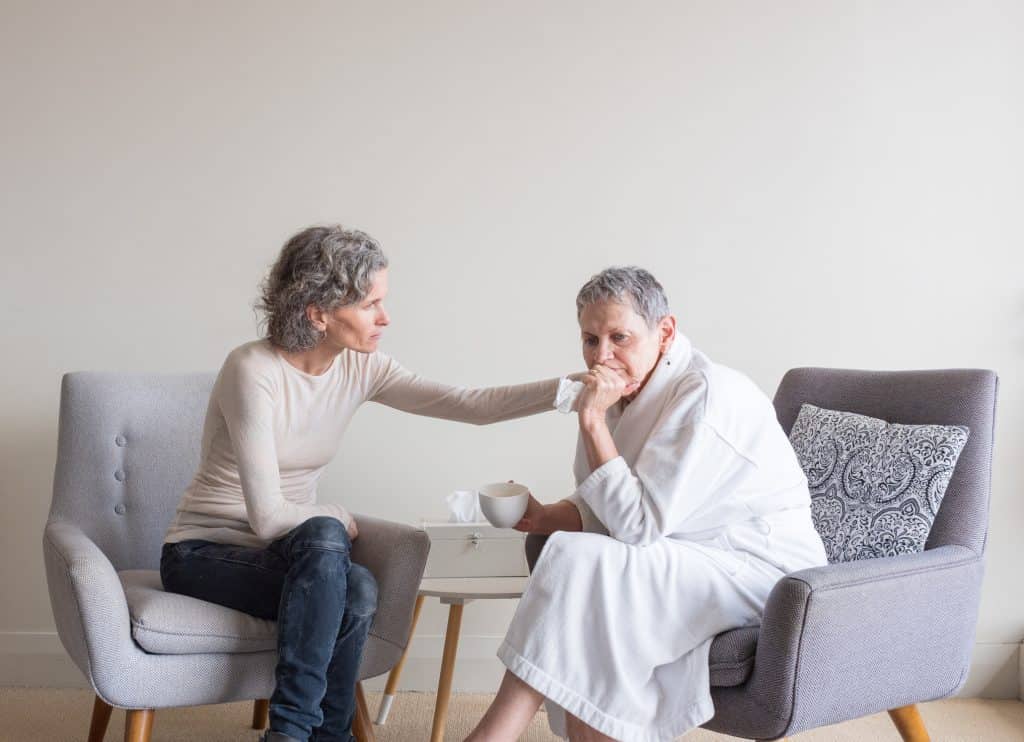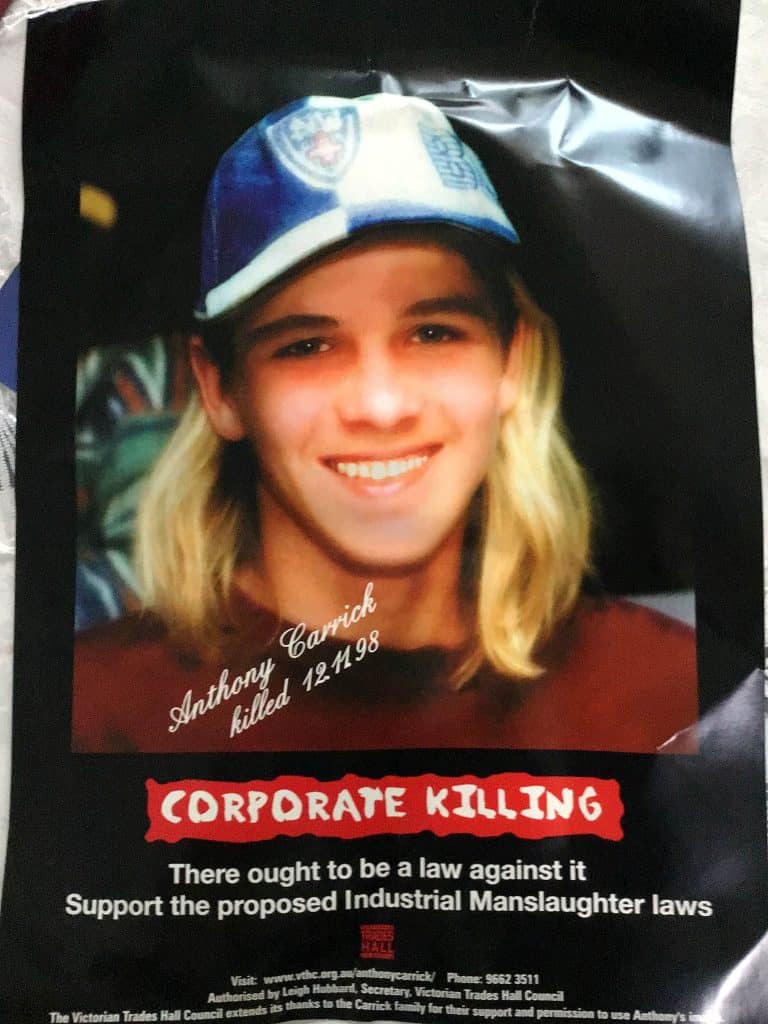In support of World Mental Health Day, SafetyAtWorkBlog has opened access to several mental health and suicide prevention articles for a limited time.
Category: grief
Important discussion of moral harm, moral repair and what can be done

Occupational health and safety (OHS) needs to talk more about failure, in a similar way that other business processes are dissected and reported. But the challenge to this, and I think the main reasons failure is not discussed, is that OHS failures result in serious injuries, life-altering conditions and deaths. OHS shares something with the medical profession which “buries its mistakes”. There appears to be something shameful in talking about these failures in public, although the OHS profession is full of chatty anecdotes in private.
One of the ways for OHS to discuss these uncomfortable experiences is to focus on Harm rather than legalities and the chase for compliance.
The first paragraph in Derek Brookes‘ new book, “Beyond Harm“, seems to speak to the OHS profession:
Asia, maturity, grief, zero and data-collecting mouthguards – the SafetyConnect conference

Zero Harm is hardly ever mentioned in Australia’s academic occupational health and safety (OHS) conferences, except maybe with a little snigger. But it was prominent at the NSCAV Foundation’s SafetyConnect conference in late August 2019. This was partly because this conference has more of a commercial bent compared to other conferences but also because several international speakers from Asia were able to clarify what was meant by the term.
This conference had an enviable number of prominent Asian OHS professionals and engineers. One of them Ho Siong Hin (pictured above) explained the application of Vision Zero by the Singaporean government and business community.
New evidence of mental health effects on the relatives of deceased workers

Australian seems to be leading in the investigation of the (secondary) familial and social impacts of work-related death. New research from Lynda Matthews, Michael Quinlan and Philip Bohle to be publicly released soon focused on the mental health of bereaved families after a relative’s death. They found
Continue reading “New evidence of mental health effects on the relatives of deceased workers”“At a mean of 6.40 years post-death, 61 percent of participants had probable PTSD (Post Traumatic Stress Disorder), 44 percent had probable MDD (major depressive disorder), and 43 percent had probable PGD (prolonged grief disorder).”
Industrial Manslaughter concerns of the Victorian government taskforce

In April this year the Victorian Government’s Workplace Manslaughter Implementation Taskforce raised the following issues in its Criminal Law Reform Consultation Paper, seen by the SafetyAtWorkBlog:
- the definition of “person” in the OHS and proposed Industrial Manslaughter laws
- the establishment of negligence and the standard of care expected by the reasonable person
- the extension of Industrial Manslaughter offence to the deaths of members of the public
- whether a decision or act causes the death or only contributes to it
- exceptions to the laws beyond just volunteers
- inter-agency cooperation and coordination for effective prosecutions.
If you have any information about safety-related issues or incidents, remember that SafetyAtWorkBlog operates a confidential and anonymous information line at https://safetyatworkblog.whispli.com
Bereaved families group demands changes

Documents related to the development and implementation of Industrial Manslaughter laws in Victoria and seen by SafetyAtWorkBlog say that the Department of Justice and Community Services will draft a policy paper on the laws prior to the proposed Industrial Manslaughter Bill being presented to Parliament in October or November. October’s Work Health and Safety Month promises to be lively this year.
Participants in the Workplace Fatalities and Serious Incidents Reference Group had expressed concerns about the phoenixing of companies after a workplace fatality and that workplaces where deaths have occurred should be treated as a crime scene that:
“…should not be operational until a full investigation is complete”
“They did not know what to say, so they stop saying anything at all”

Behind every call for Industrial Manslaughter laws in Australia over the last twenty years has been is a deeply grieving family. We often see relatives on the TV News, standing outside of Courts, or at memorial sites. SafetyAtWorkBlog fears for the mental health of these people who have usually been traumatised by the death and whose experiences in the immediate aftermath and the months afterwards often exacerbates that trauma.
But people have been killed at work for centuries and often the current pain and anger is so raw that we fail to remember those who have already gone through this process because their voices have often been used and discarded.
SafetyAtWorkBlog spoke with several bereaved relatives who have experienced the loss of a relative at work. The focus was on those whose relatives died over a decade ago, to gain a more measured and reflective perspective and in order to understand what may be in the future for all of us who have workers in our families. I responded more emotionally to these stories than I expected and have found it difficult to write about the issues I intended to address, so I have decided to let these interviews and stories stand pretty much by themselves.
The first of these responses is from Jan Carrick. Her 18-year-old son Anthony died in 1998 on his first day at work. One article written in 2003 about Anthony’s death and that of other young workers said this:
Continue reading ““They did not know what to say, so they stop saying anything at all””